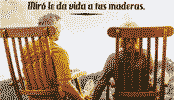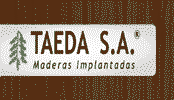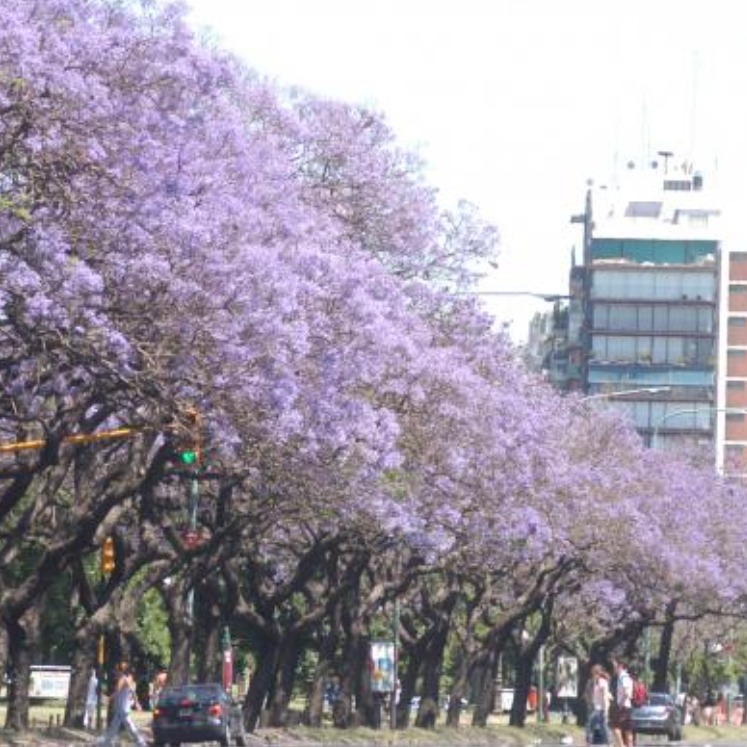
History of spring in Buenos Aires: from Jacarandá that dazzles tourists to banana that enrages allergic
The city took two centuries to start planning its trees and it was Carlos Thays who revolutionized the landscape. By 2042 it is planned to double the surface covered by the natural shadow
There was a time without shadow. Buenos Aires was a colonial anchor that had been founded not once but twice, but that had not been planted. Its streets, reduced at that time to what today is our historic center, had low and too few trees.A Porteña spring did not look at anything that begins this Saturday, for which the flowers of the lapachos, the jacarandás, the drunk sticks and, on the end, those of the tipas will parade. And that will be carpeted by those dusty balls of the banana that light the alarms and irritate the mucous membranes of the city allergics.But at some point, on private initiative, its inhabitants began planting some trees. Do not abound the documentation on those years, but it does know that by 1600 there were penalties for those who destroy the carobs that were growing, and that families planting and orange trees for purposes above all aromatic.Already towards the end of our colonial era, someone began to think more systematically that Buenos Aires lac . So, in what is now Leandro N. Alem Avenue and at the end of the 18th century it was called Paseo de Julio, the first woodland plantation was carried out in the public space of which you have a record. It was called La Alameda, although he populated the landscape of Naranjos and Ombúes, and toured that avenue between what is now the Casa Rosada and Corrientes.The next great milestone in the history of Buenos Aires tree would arrive a century later, when Argentina already existed as such and its president was Domingo Faustino Sarmiento. Due to its initiative, in 1874 the Tres de February Park was inaugurated, large green lung of the northern corridor of the city. It was not his only idea: he also promoted the import of the species Platanus Hispanic, an exotic plant for our latitudes. As teachers had imported, he also brought trees from the United States.Each spring, the station in which bananas fire their emblematic fluff, Sarmiento is remembered - he, his mother Doña Paula and even his artisanal loom - by the allergic population to that dust that, in addition, accumulates easily in rain drains . According to the documentation on Buenos Aires trees that classified the citys species in 1941, at that time bananas represented 20% of the specimens in the city. And, a spoiler for the allergic: the master of trees that was launched in 2012 and that aims to meet its objectives towards 2042 holds them as part of the urban landscape.But lets go back to history. After Sarmiento promoted the trees in general and the banana in particular, a few years later the true revolution would arrive. It was in 1893, when the French architect and landscaper Carlos Thays was given by the direction of parks and walks. Never before had the urban space of Buenos Aires had thought as Thays did in terms of trees. He was commissioned by a European Arboled Plan, which led to the plans, paradises and, again, bananas.But Thays did not settle for these species: on a trip to the North Argentina he discovered Jacarandá, the lapacho, the tipas and the drunk stick. And founded the botanical garden that today bears his name to play the plants that he wanted to install in the streets. Thus the landscape began to be outlined sometimes lilac, sometimes pink and sometimes with an unmistakable aroma that still populates our streets. The Buenos Aires climate was especially promising to fill it with flower trees, which meant a novelty with respect to European cities that had served as inspiration until then.The first artery to think directly with the trees that would look was May Avenue, which opened in 1894 and was populated with bananas. Buenos Aires was filled with large trees whose glasses allowed to overshadow the houses of one or, at most, two floors of the time. Its height growth would begin to take away space from the trees.During the last military dictatorship, due to the decomposition of the democratic institutions of the then Municipality of Buenos Aires, the systematic tree plan that had been developing began to be broken. There were even felling that destroyed trees that made up part of the living history of the city. And there was also resistance. Perhaps the most emblematic was that of the residents of Recolet He is still standing.The oldest specimens are in San Telmo: they are the two magnolias of the protomedicato, which today can be seen in Humberto 1º to 300 in the field of a public school. They were planted around 1800, when the members of the religious order of the Betlemitas lived there and the institution that regulated medicine and, later, the pioneering school of that discipline in our city worked in that space. Although the building changed the target, the trees continue to throw their shadow there, as more than two hundred years ago.
IT MAY INTEREST YOU
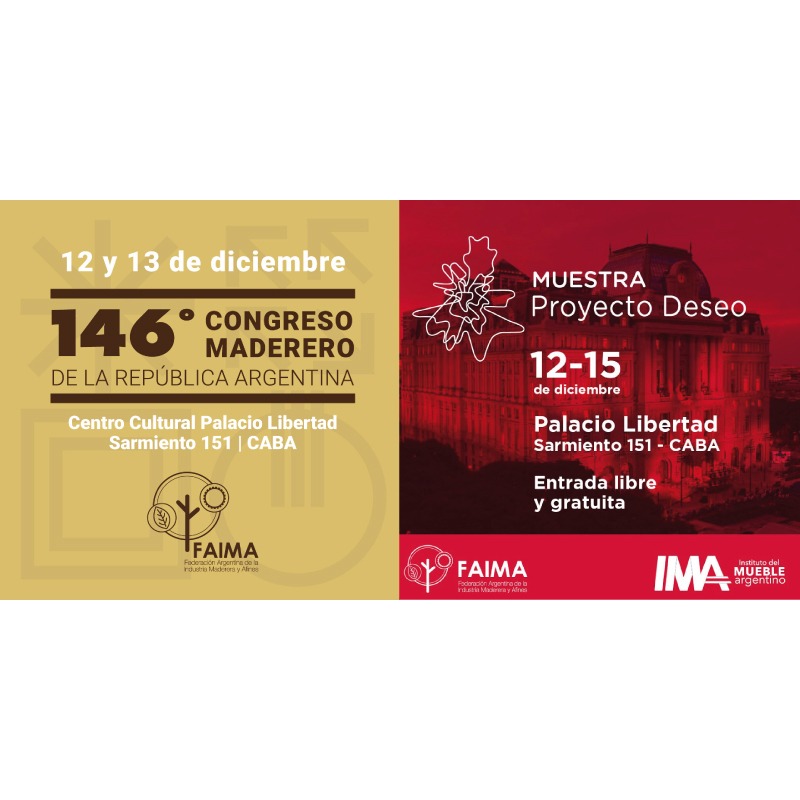 BUENOS AIRES - The 146th National Congress Maderero de Faima will bring together experts in economics, construction and sustainable development in the region
BUENOS AIRES - The 146th National Congress Maderero de Faima will bring together experts in economics, construction and sustainable development in the region
Next Friday, December 13, Buenos Aires will host the 146th Madero Congress organized by the Argentine Federation of the wood and related industry (FAIMA). The event will take place from 8:30 a.m. to 4:30 p.m. at the 511 Auditorium of the Libertad Palace, located in Sarmiento 151, Autonomous City of Buenos Aires. The 146th Madero Congress of Faima, recognized as an annual meeting point for forest-industry, will be held on Thursday, December 12 and Friday, December 13 in Buenos Aires, and will be attended by prominent speakers and references in the sector, who will address Crucial issues such as economic dynamics, political challenges, and technological innovations in forest construction and development.
 Exposure. Casa Foa moves to the northern part of the city and will open its doors in April
Exposure. Casa Foa moves to the northern part of the city and will open its doors in April
The third federal edition of the Design and Architecture Exhibition will be held on the site that housed the Argüello Academy. In 2023 he was springs of Grupo Edisur, in 2024 Pocito de Grupo Proaco and in 2025 it will be Village Academy, on Rafael Núñez and Recta Martinolli Avenue. We talk about the third federal edition of Casa Foa, the most important architecture and design sample in the country, which next year returns to our city. The scheduled date for its realization is the month of April, according to the local leaders of the event.
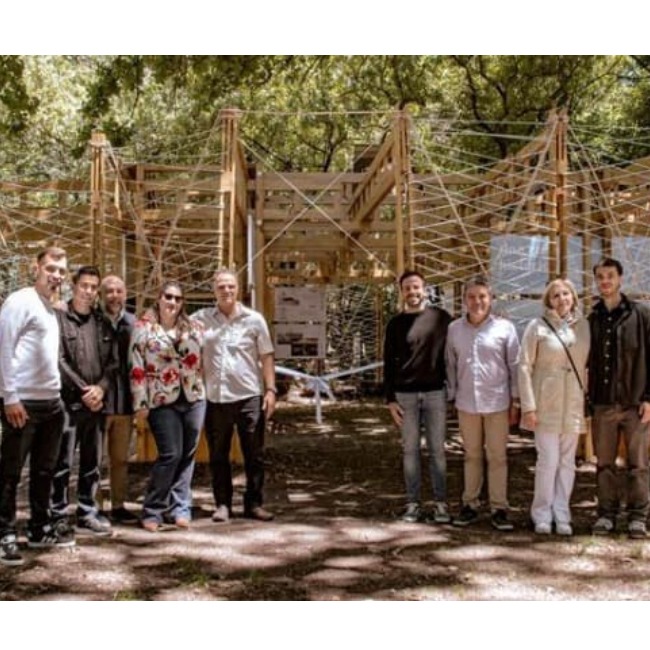 The College of Architects inaugurated an exhibition module and a sample in the house on the stream
The College of Architects inaugurated an exhibition module and a sample in the house on the stream
The initiative proposes a historical tour of the city from an architectural view. The Board of Directors of the College of Architects of the Province of Buenos Aires (District 9) inaugurated at the Casa Museum on the stream the exhibition module and the exhibition ?Historical route of the city from an architectural view?.


















